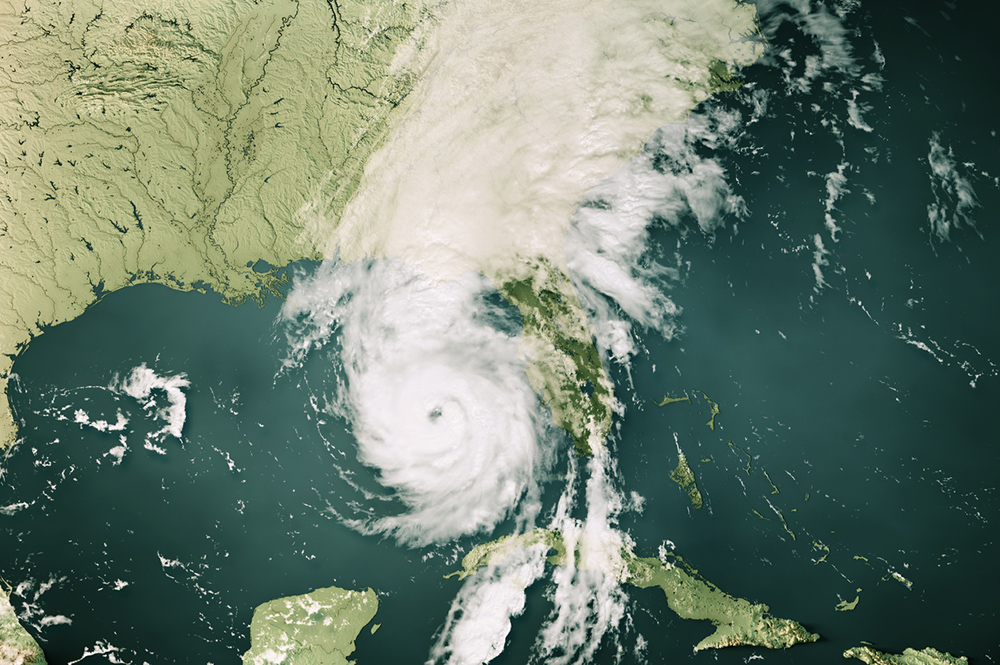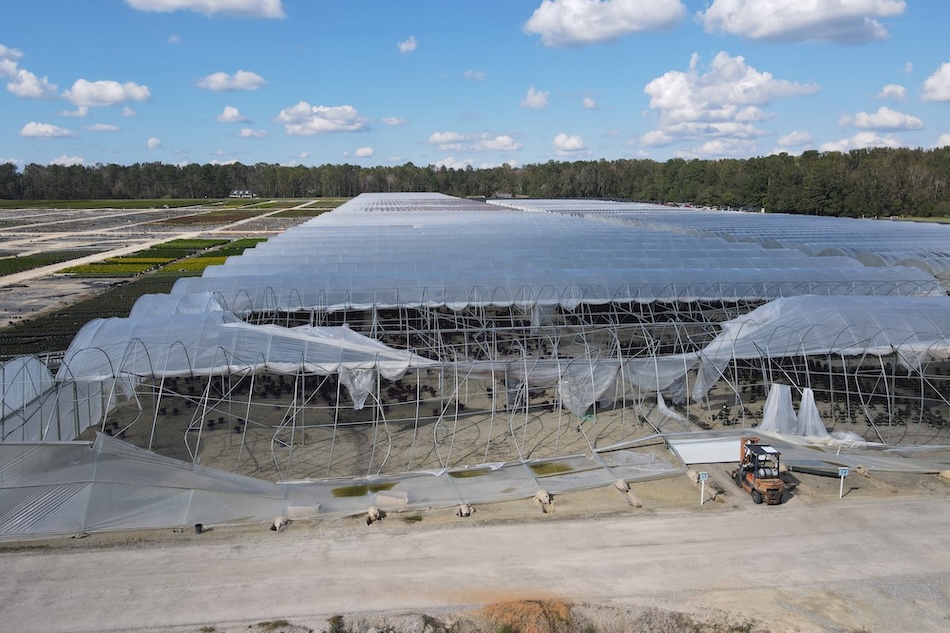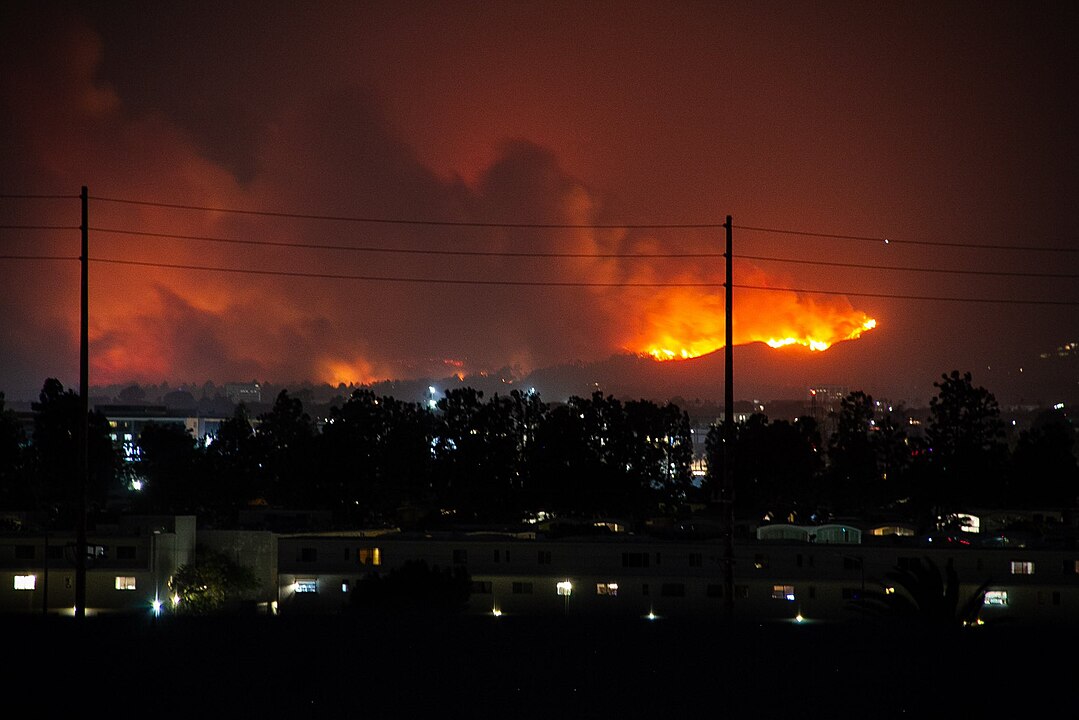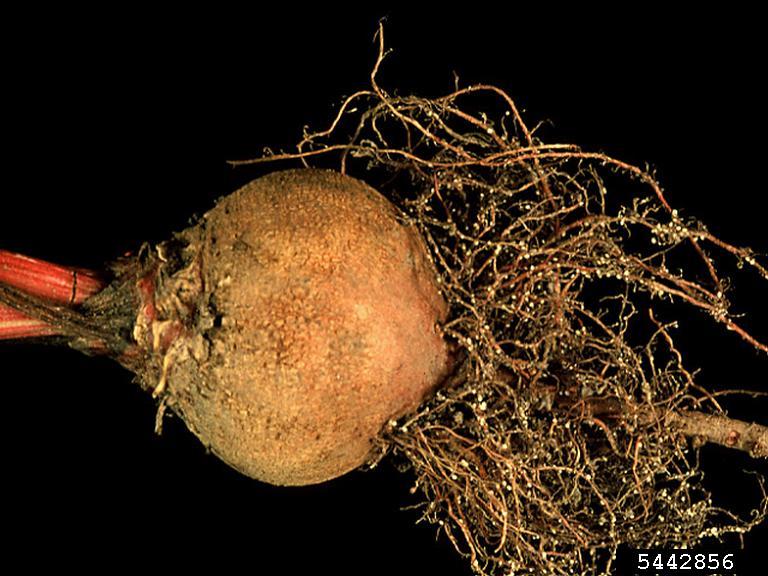Drought conditions worsened across most of Georgia during May. With well-below-normal rain and temperatures routinely in the 90s, soils continued to dry. The southern half of the state is being hit the hardest.
With little widespread rain and soaring temperatures over the next several days, conditions are expected to only get drier.
Counties south of Harris, Talbot, Upson, Monroe, Jones, Baldwin, Washington, Glascock, Jefferson and Burke, inclusive, are now classified as being in extreme drought.
Since Oct. 1, or what is considered the first of the water year, these counties have received 70 percent or less of normal rain. Over the past 6 months, Columbus has received 63 percent of normal rain. Macon has received 60 percent of normal rain.
Soil moisture conditions in the southern half of the state are generally at the fifth percentile. At the fifth percentile, the soils at the end of May are wetter 95 out of 100 years. Many farmers have not completed spring planting because the soils are too dry. Farmers are irrigating their crops just to get small plants to properly emerge, a very expensive alternative to rain.
Stream flows across the coastal plain region are very low for the end of May. Almost all streams are currently at or below the tenth percentile. At the tenth percentile, the streams would have more water in them 90 out of 100 years.
Daily record-low flows are occurring on Spring Creek near Iron City, Pachitla Creek near Edison, Muckalee Creek near Leesburg, Withlacoochee River near Quitman, Alapaha River near Alapaha and the Ocmulgee River near Lumber City. These low flows in the coastal plain are especially noteworthy since they are lower than they were in late May 2007, which was during Georgia’s last major drought.
Counties classified as being in severe drought are Heard, Troup, Meriwether, Pike, Spalding, Lamar, Butts, Jasper, Putnam, Hancock, Warren, McDuffie, Richmond, Columbia and Lincoln. Soil moisture in these counties is approaching the tenth percentile.
Moderate drought conditions are now being felt in Haralson, Carroll, Coweta, Fayette, Clayton, Henry, Rockdale, Newton, Walton, Morgan, Oconee, Greene, Clarke, Oglethorpe, Taliaferro, Wilkes, Madison and Elbert counties.
The classification of these counties in moderate drought is based on extremely low rain over the past two months. These counties have received between 50 and 80 percent of normal rain during that time period. Over the past two months, Atlanta has received 80 percent of normal rain. Athens has received 48 percent of normal rain. Decreasing soil moisture is currently the major drought concern in these counties.
The remaining counties across north Georgia are classified as being abnormally dry. Soil moisture in these counties is generally in the normal range for late May but decreasing rapidly. Stream flows are on the low end of normal in these counties.
There remains an increased wildfire risk across the state. Precautions need to be exercised when doing any activity that could generate sparks.
For the most part, water resources should remain adequate for municipal and industrial use through the summer. Most water systems in Georgia have the capacity for a drought lasting less than a year. Lake levels will decrease during the summer.
Being good stewards of water resources is especially prudent during a drought even though water resources are expected to remain adequate for the foreseeable future.
Up-to-date information on dry conditions across Georgia can be found at www.georgiadrought.org. Updated weather conditions can be found at www.georgiaweather.net.

.jpg)
.jpg)






